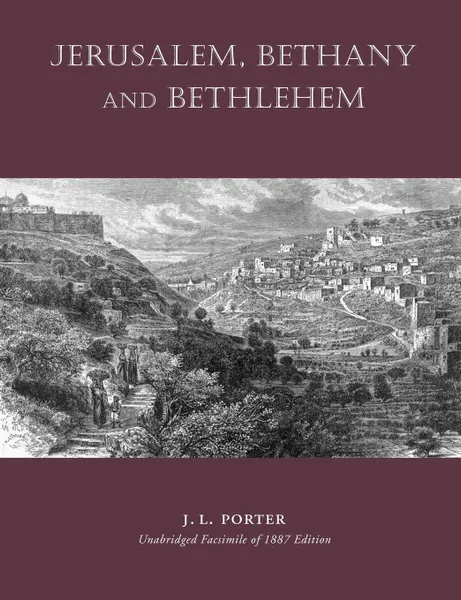Jerusalem, Bethany and Bethlehem 12+
Автор: Josias Leslie Porter
206 страниц
Категория: Путешествия, путеводители
ISBN: 9781597314602
Язык: Английский
📗 Christians of all denominations, as well as broad-minded people of many faiths, have for centuries been fascinated with the story of the earthly travels of Jesus Christ. For many, however, especially in the days before travel became as easy as it has now become (and before the advent of photography), there was little chance of developing a concrete feeling for the terrain, the places and people, the customs and usages, of the land through which Christ walked and taught.However, the nineteenth century, especially the latter third, provided a unique opportunity to fill this need, for at that time, before the rapid modernization and, to some extent, secularization that was soon to overrun the Holy Land, it was still possible to wander these mountains and valleys, these shores and plains, and experience in many regions conditions not so very different from those that prevailed at the time of the events described in the New Testament. In addition, it had become possible to transport the necessary equipment for producing wood and metal engravings, and, toward the end of the century, early photographic gear as well.Although numerous travel accounts-many drawing on the expertise of biblical scholars and archeologists-stem from this time, one of the most respected, and at the same time profusely illustrated, works of such early documentary adventurers and explorers is J. L Porter's Jerusalem, Bethany and Bethlehem. It forms an excellent companion volume to Reviviscimus' recent...
Мнения
